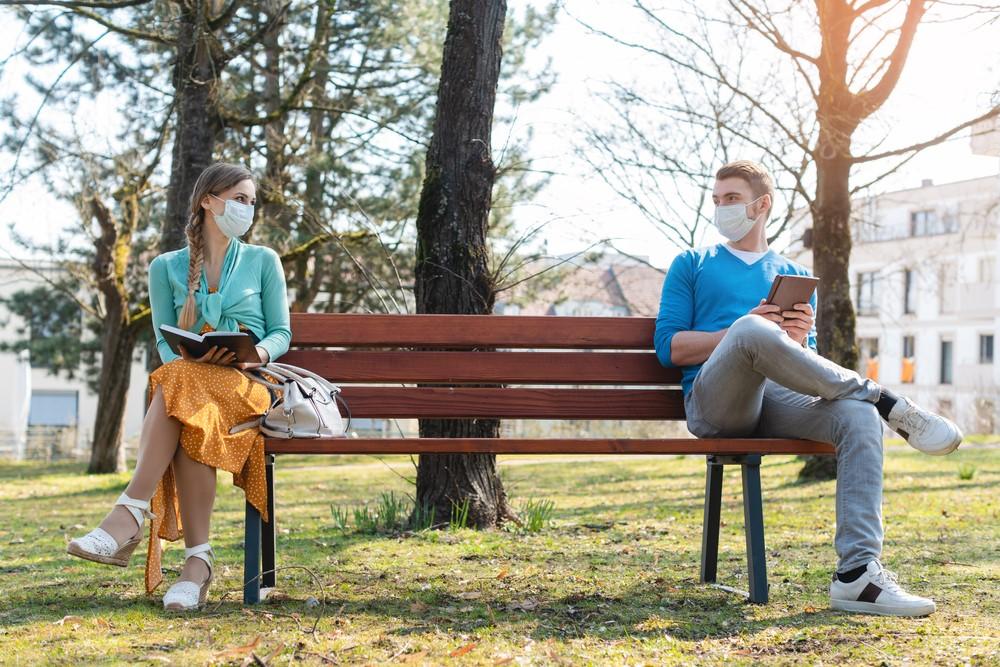
Twenty-five of Oregon’s 36 counties remain in the highest possible risk category for COVID-19 spread but will face slightly eased restrictions allowing very limited customers in places like theaters and gyms, according to the latest state health guidance.
Gov. Kate Brown announced Tuesday the latest county risk levels, which categorize counties based on their population and certain metrics like the case positivity rate. They go into effect Jan. 29 through Feb. 11.
Brown announced only one change to the highest-risk category: Tillamook has been downgraded from “extreme” to lower risk.
In a statement, Brown noted that most of the state remains in the highest risk category. Oregon has seen positive and presumptive COVID-19 cases decline in recent weeks, with Monday’s caseload being the lowest daily total since October. Hospitalizations have also declined in recent weeks.
Brown said the risk levels are “an important reminder for all Oregonians” to keep following COVID-19 safety guidelines. “Until vaccines are widely available with high participation rates, the surest way to lower our risk and open our businesses and communities is to continue practicing the measures we know are effective in reducing the spread of COVID-19 — wear your mask, keep physical distance from others, avoid gatherings, wash your hands often, and stay home when you are sick,” she said in a statement.
The extreme risk level bans or restricts most indoor commerce and physical activities in places like gyms or movie theaters. On Tuesday, Brown announced some changes, including allowing indoor buildings with more than 500 square-foot spaces to have a maximum of six people indoors, up from zero people currently allowed. That doesn’t apply to indoor dining, which remains prohibited in extreme risk level counties.
New guidance will be posted in coming days. The six-person max will apply to indoor entertainment facilities – such as theaters, movies, concert halls and museums as well as recreational and fitness facilities.
Oregon says gyms can reopen in ‘extreme risk’ counties – but just a teeny bit
An association of club owners called the slightly relaxed rules “completely unreasonable.”
While dining capacity is not included in the upcoming guidance for extreme risk counties, the revisions include a change allowing two-sided “non-adjacent” dining tents for outdoor eating and drinking and a new rule permitting individual enclosed dining pods outdoors.
Indoor lottery playing will be allowed as well with up to six people “with physical distancing in place,” according to Liz Merah, Brown’s press secretary.
Buildings with less than a 500 square foot space can have one-on-one customer interactions, according to Brown’s announcement.
“We have seen over the last several weeks that Oregonians have largely complied with risk levels to the point that we have not seen a surge in hospitalizations that would have jeopardized hospital capacity,” Brown said. “This means we are able to make these adjustments for Extreme Risk counties, which should assist both businesses and Oregonians as we continue to work to stop the spread of COVID-19.”
Other changes announced this week include Curry County being downgraded from moderate to lower risk and Grant County being upgraded from lower to moderate risk. Lake County also moved from moderate to lower risk.
County risk levels are revised every two weeks.
-- Andrew Theen; [email protected]
This story was originally published by The Oregonian/OregonLive and is posted here through an agreement among a dozen Oregon media outlets to share stories about the pandemic.